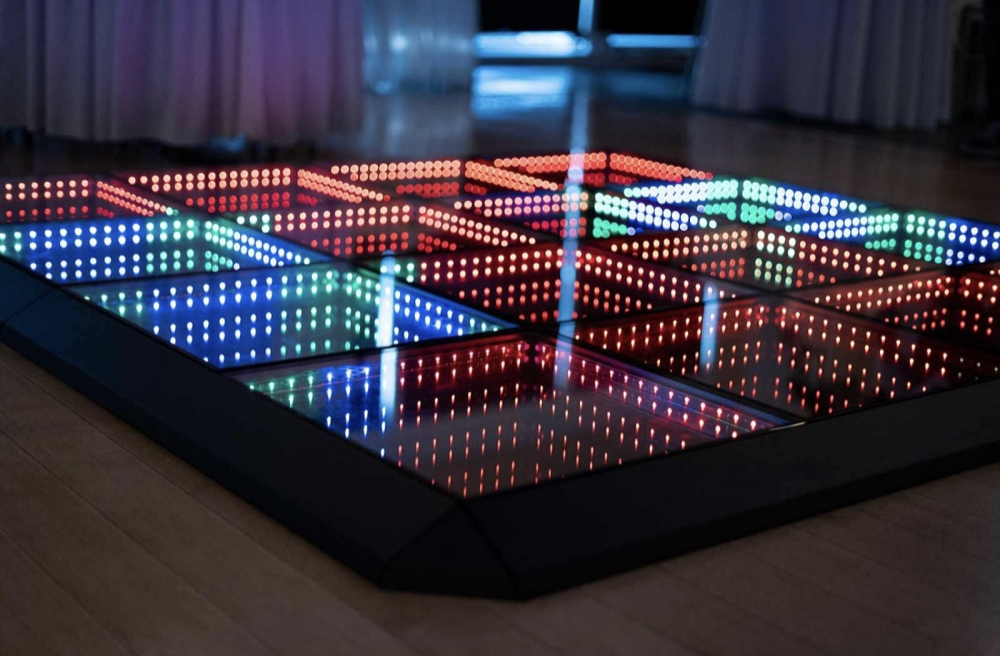Selecting the Perfect Substances for Creating a Robust and Safe Open-Air Dance Surface
Choosing the right materials for building a durable and safe outdoor dance floor is crucial for ensuring an pleasurable session. Exterior movement platforms must endure diverse climate elements while offering a stable surface for performers and participants. Therefore, it is essential to consider factors such as material durability, safety features, and maintenance demands when making choices. This guide will examine several appropriate options and their benefits in designing an open-air dance floor.
One common option for exterior dance floors is wood. Wood provides a classic and warm aesthetic that many consider appealing. Hardwoods like maple or oak are particularly favored due to their durability and ability to cushion shock, which can safeguard dancers’ ligaments. Additionally, timber has natural slip-resistant properties when finished correctly, minimizing the chance of injuries. However, preserving a wooden dance floor requires regular coating and resurfacing to shield it from humidity and UV damage, making it critical to account for the environment in which the floor will be placed.

Another viable alternative is composite materials, which combine wood fibers with polymers. These materials are designed to be resistant to moisture, mildew, and fading from sunlight. Composite dance floors offer longevity similar to conventional wood without the extensive upkeep. They are less susceptible to distortion and cracking than natural wood floors when dance floor rental prices exposed to extreme outdoor conditions. In addition, composite materials often have built-in slip resistance properties, making them a more secure selection for outdoor events.
For those seeking a more modern approach, interlocking tiles made of PVC or rubber are reliable options. These tiles are crafted for easy setup and can be rearranged or replaced as needed. The versatility of using interlocking tiles permits rapid assembly and breakdown, making them ideal for temporary dance events or gatherings. Moreover, these flooring types provide shock absorption that enhances comfort while dancing and minimizes the likelihood of injuries resulting from falls. The sealed structure of PVC and rubber also helps prevent water absorption, further prolonging the life of the dance surface.
Finally, it is vital to consider the site and planned function of the exterior dance floor when choosing components. For instance, if the dance floor will be installed in a heavily used area or subjected to harsh weather frequently, choosing robust materials that require minimal upkeep will be important. On the other hand, for lighter use or in more protected areas, less heavy options may be adequate. In any case, emphasizing safety aspects such click over here now as grip and impact resistance should stay at the center of design.
To summarize, constructing a long-lasting and secure open-air dance floor requires careful consideration of various materials suited for different environments and purposes. Wood offers timeless beauty but requires diligent care; composite materials blend appearance with durability; modular flooring offer adaptability and convenience. At the end of the day, identifying the unique requirements of the dance floor's planned use will inform material selection toward choosing the most suitable solution for an enjoyable and safe dancing experience outdoors.